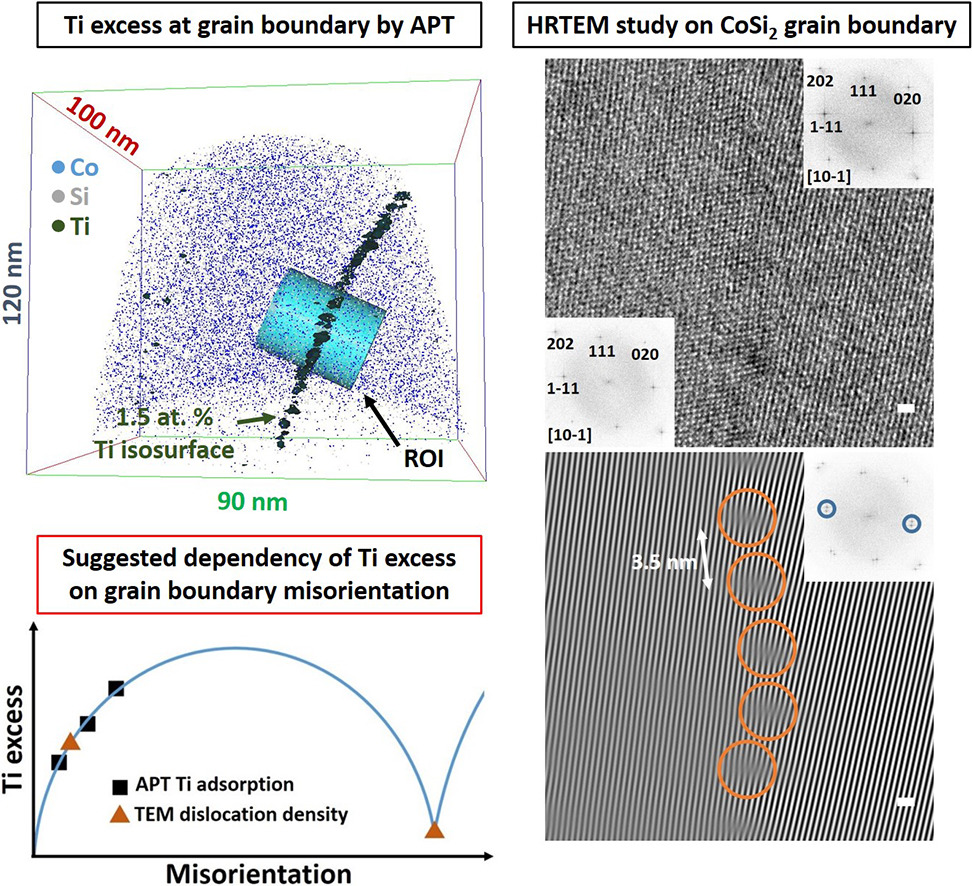Soutenance de thèse de Hannes Zschiesche - 14/06/2019
Soutenance
Monsieur Hannes Zschiesche
De doctorat en Physique & Sciences de la Matière
– Spécialité : Matière condensée et nanosciences
Formation et ségrégation dans les silicures de cobalt et les germaniures de manganèse en films minces
– Etude corrélative par Microscopie Electronique et Sonde Atomique
Dirigés par Madame Claude Alfonso et Dominique Mangelinck
Soutenance prévue le vendredi 14 juin 2019 à 10h00
Lieu : Amphithéâtre Ponte, Faculté de Saint Jérôme, Avenue Escadrille Normandie Niémen 13397 Marseille Cedex 20
Composition du jury
M Christophe Detavernier Ghent University Rapporteur
M Williams Lefebvre Université de Rouen Rapporteur
M Thierry Epicier Université Lyon I Examinateur
Mme Magali Grégoire STMicroelectronics, Crolles Examinatrice
Mme Claude Alfonso Aix Marseille Université Directrice
M Dominique Mangelinck Aix Marseille Université Co-directeur
Mots-clés : Siliciures de cobalt, Germaniures de Manganèse, Transformation des phases, Ségrégation, Microscopie Electronique, Sonde Atomique
Résumé:
Germanide and silicide thin films have application in different field such as thermoelectricity, magnetism and/or microelectronics. This PhD thesis study the formation, structure and chemistry of Mn5Ge3 thin films, which is interesting due to its ferromagnetic property for possible spintronic devices, and of CoSi2 thin films, which are used as contact materials.
Two new epitaxial relationships between Mn5Ge3 grains and (111)Ge have been identified. The chemical purity of Mn5Ge3 has been related to the deposition by magnetron sputtering: Mn5Ge3 thin films grown by reactive-diffusion are relatively pure while the significant incorporation of impurities in Mn5Ge3 grown by non-diffusive reaction is beneficial for the ferromagnetic property.
Ti segregation to CoSi2 grain boundaries has been quantified in CoSi2 grown from a Co/Ti/Si thin film. Additionally, an inhomogeneous distribution of Ti at CoSi2 grain boundary has been related to the defect density. A method has been developed for correlative structural and chemical investigations at the atomic scale on selected interfaces. Finally, a method to quantify the triple junction segregation has been proposed.

